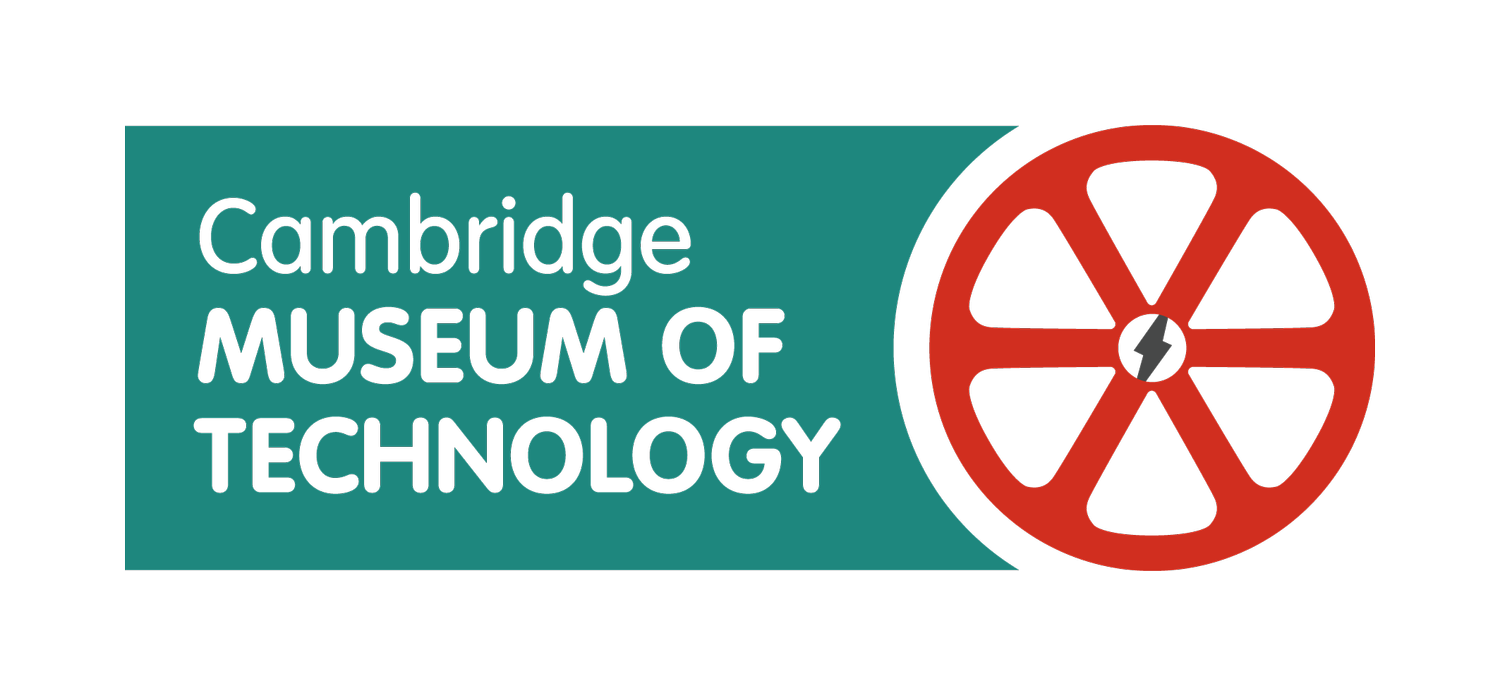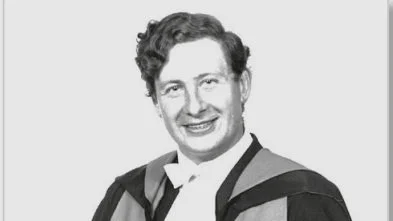It is with great sadness that we announce the death of our friend and a founder of the museum, John Sharpe. It is thanks to the work of him, and a few others, that meant our Pumping Station survived and became the museum it is today.
While at the University of Cambridge Engineering Department, John had learnt that the Cheddars Lane Sewage Pumping Station was nearing the end of its life, and one lunchtime John with research students Alex Richie and Ken Moxham paid a visit to the site. The concept of preserving the Pumping Station as a Museum of Technology for Cambridge began to emerge. Supported by Ken Knell, who as librarian in the Engineering Department had access to reprographics facilities, this emerging concept was publicised by trustees and others at a number of local traction engine rallies.
Time was short, however, as the Pumping Station had already ceased operation, and Council employees were already arranging scrap contracts for the plant. John, however, engaged directly with the then Leader of the Council, and at the last minute the Council decided to support preservation. Understandably, relations with the Council employees were initially frosty!
But what to do now with a decaying building, rusting machinery left as it had been on the last day of operation, grudgingly permitted very occasional access – and no money! A two-pronged approach was conceived:
firstly, the formation of a Board of Trustees with formal responsibility for the Pumping Station and responsibility for raising funds (no lottery funds then existed); and
secondly, the formation of a Society to promote the then new discipline of Industrial Archaeology in Cambridge, to hold lectures and produce publications and to provide a pool of volunteers who would be prepared to work at the Pumping Station – thus was formed the Cambridge Society for Industrial Archaeology.
John was the initial chair of the Trustees, who included Dr Joseph Needham – Master of Gonville and Caius and a world-leading specialist in early Chinese technology and two Lister brothers (from Lister Engineering). Other early trustees included John Shaw – lecturer at the University Engineering Department, and Messrs Jones and Harmer. Initial progress in fund-raising was slow, and early campaigns involved known contacts of the Trustees. Relatively small sums were raised.
Cambridge Society for Industrial Archaeology was a much more vibrant and dynamic organisation, again with John Sharpe as Chairman and with committee members including Ken Knell, Nick Smith (University Library), Don Unwin (from Cambridge Scientific Instruments) and Mr Lovell (a teacher) as treasurer. Membership was split fairly equally between town and gown. Regular meetings were held in the Engineering Department, typically attracting 40+ attendees and on occasion many more. Thanks to Ken Knell an extensive range of publications was rolled out. Holding a stall at the Freshers Fair resulted in an annual inflex of new members.
Once permitted by the Council, regular working parties were held at Cheddars Lane, and a start was made on clearing the detritus from those last days of operation, where possible making the building weather-tight – all this done with no electricity – so no power tools and lighting provided by tilly lamps and a propane powered large gas light. The top loading bay was gradually cleared and new exhibits were brought in from surrounding industries.
This initial work culminated in 1971 in the first annual Steam Weekend visited by thousands of locals interested in seeing inside Cheddars Lane. Through local connections, particularly with Chris Hall and the East Anglian Traction Engine Club, several traction engines participated, and steam from Chris Hall’s steam roller was used to power one of the auxiliary steam engines, and another steam road vehicle powered the generator set. But perhaps the highlight for most visitors was the operation of one of the gas engines using propane from large bottles. Such was the demand for gas, that the bottles cooled to the extent that a gas-burner needed to be placed on them to keep the gas flowing. The noise from the occasional backfire in the exhaust was sufficient to alert all the neighbouring households that Cheddars Lane was back operating.
After completing his research, John got a job at the Medical Research Council at Mill Hill (north London) and moved away from Cambridge. In 1982, unable to continue to devote the effort required, John resigned as a Trustee of Museum of Technology.
The developments at Cheddars Lane since that first Steam Weekend, slow initially, but most substantial since, have secured the pumping station permitting the engines to run from time to time under steam, and further developed the initial concept of a museum to celebrate industry and technology in the Cambridge area. That is a different story which many others are better placed to describe. But it remains that without John, the Pumping Station would have been demolished and there would have been no Museum of Technology on the Cheddars Lane site.
As a museum, we would like to wish a final thank you to John for all his hard work, gumption and perseverance. We truly would not be here today if it wasn’t for the actions of him and his fellow founders, and for that we will be forever grateful.



